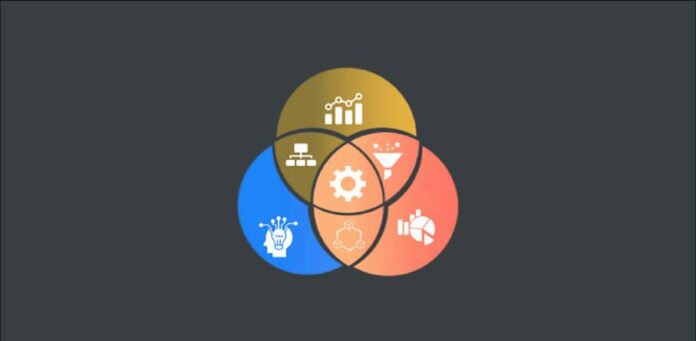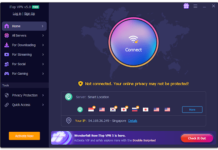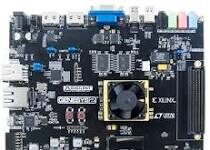Most people only use a tiny fraction of the data they have access to. If approached correctly, you’d be surprised how businesses can use big data to scale effectively.
Turning big data into actionable insights is the key to unlocking its value. But doing so can be difficult, especially when your data set is large and complex.
There are a few different approaches you can take that will help you turn big data into actionable insights in no time.
Getting Familiar With Big Data
Big data is simply a term used to describe a large and complex data set. It can come from many sources, including social media, sensors, transactions, etc.
The key to turning big data into actionable insights is understanding how to process and analyze it effectively. This can be difficult as traditional data analysis methods are often not well-suited to big data sets.
This is why you need to adopt best practices and tools to help you turn big data into actionable insights regardless of size or complexity.
Transforming Big Data Into Actionable Insights
Turning big data into pretty insights involves many different best practices and tools you must take advantage of. If you’re having a hard time cracking your big data, here are some tips to turn them into compelling, actionable insights for your business!
Also Read: Scope of Data Science Careers in India
1. Use a DMP
One of the most effective methods is to use a data management platform (DMP). It’s a tool that helps you collect, organize, and analyze big data to understand your customers better and make more informed marketing decisions.
DMPs are especially useful for dealing with big data sets because they make it easy to segment your data and find the most valuable insights hidden within.
Once you have your data organized and segmented, you can start looking for patterns and trends to help you improve your marketing efforts.
2. Use Data Visualization
Another approach you can take is to use a data visualization tool. These tools help you to see your data in a new way and make it easier to find the most critical insights.
Data visualization tools can be used to create charts, graphs, and other visual representations of your data. Such representation can help you see relationships you might not have noticed.
And once you’ve found these relationships, you can start to make better decisions about your marketing campaigns.
3. Use Real-time Event Streaming
Real-time event streaming is a process of collecting and processing data as it happens. Such data can then be used to improve your marketing in real time.
Real-time event streaming is an effective way to deal with big data sets as it allows you to identify and respond to changes quickly.
Segment provides one of the most popular event streaming services. However, it’s a lesser-known fact that open-source event streaming platforms like Rudderstack provide much better functionality, effectiveness, and efficiency.
If you’re having trouble choosing the right platform, go through this guide on Rudderstack vs. Segment.
Also Read: Ways Engineers Can Find Data Anamolies In Their Build Pipelines
4. Use Machine Learning
Machine learning is a type of artificial intelligence designed to learn from data and improve over time. Machine learning can automatically find patterns and insights in data sets, which can then be used to enhance your marketing.
Machine learning is particularly well-suited for dealing with big data sets because it can process large amounts of data quickly and effectively. As such, it’s an excellent way to turn big data into actionable insights.
5. Use Data Cleaning
Data cleaning is the process of identifying and correcting errors in data sets. This is important because even a tiny mistake can lead to inaccurate results.
Data cleaning is often overlooked, but it’s an essential step in the process of turning big data into insights. Without clean data, you run the risk of making decisions based on inaccurate information.
So, be sure to clean your data before you try to analyze it. There are many ways to clean data, so try to choose a method that best suits your needs.
6. Use Data Sampling
Another helpful technique for working with big data sets is data sampling. It involves selecting a representative sample of your data set and then analyzing it.
Data sampling can be useful because it allows you to work with a smaller data set, making it easier to find insights. And, if you choose your sample wisely, you can be confident that the insights you see will represent the entire data set.
Conclusion
There are many different ways to turn big data into actionable insights. What approach will be best for you depends on your specific needs and the resources available.
However, the techniques described above are some of the most effective ways to deal with big data. So, be sure to keep them in mind when you’re looking for ways to improve your marketing efforts!
Also Read: Simple Steps to make your ERP Data Security a Priority











